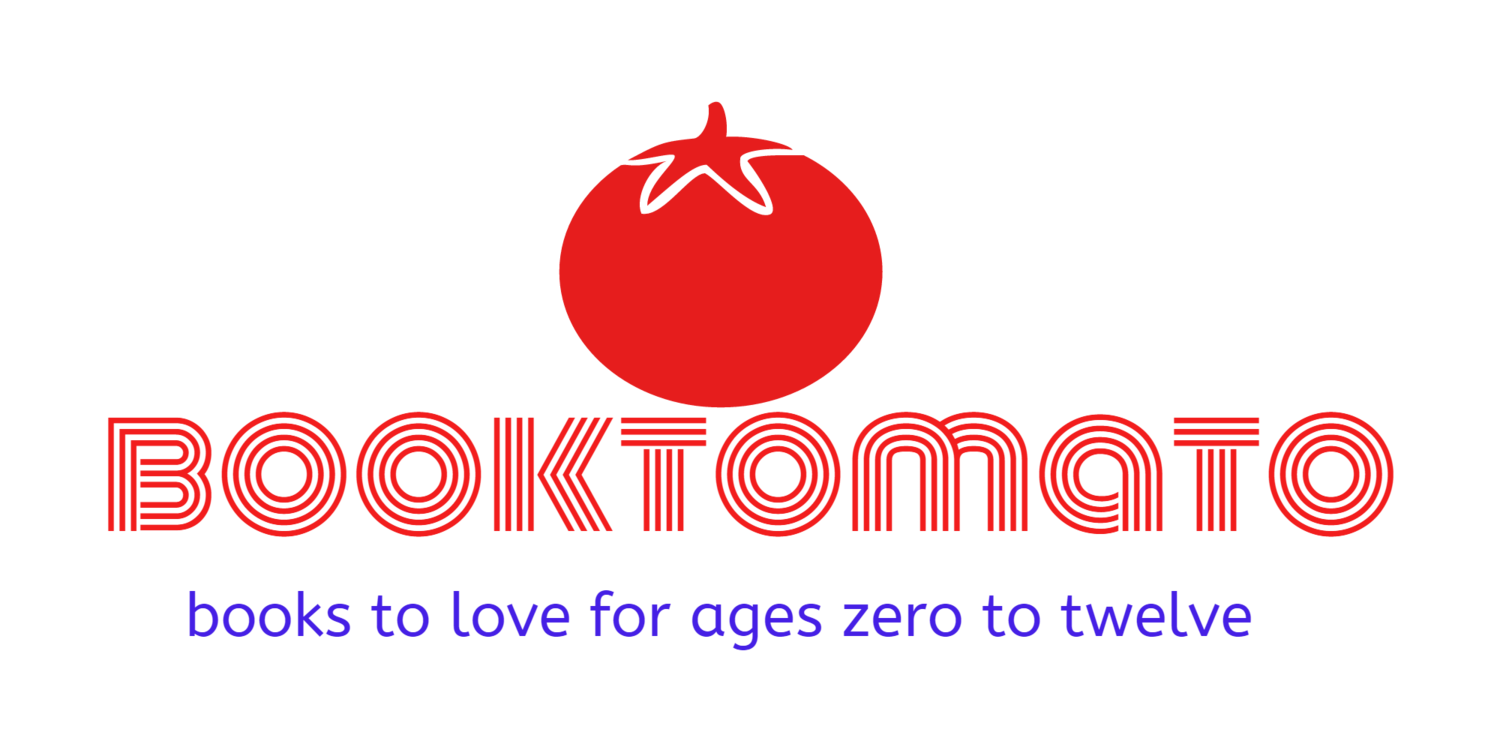Have you every heard of Christopher Ludwick, the real world German immigrant who aided the American colonist army by volunteering to bake and cook? I must confess that I had never heard of this forgotten hero until I found this wonderfully cheerful book, Gingerbread for Freedom by Mara Rockliff with pictures by Vincent X. Kirsch. When the American colonists were struggling to defeat the British in the Revolutionary War, Ludwick tells his wife that he is going to close his bakery and enlist in the war effort. His wife laughs at him and reminds him that he is old and out of shape, surely of no use to the soldiers. He goes anyway. When he gets to the front lines, he sees that the soldiers are starving with no quality food to eat. Instead of pick up a musket, he picks up his oven mitts and works night and day to feed the troops. Ludwick wasn't just a war hero. He was also beloved in Philadelphia for his kindness to the poor and needy. To this day, the Christopher Ludwick Foundation gives hundreds of thousands of dollars to underprivileged children in Philadelphia each year. This is just a feel good story that would be great for some Fourth of July reading.
celebrate the fourth of july with america's best tall tales: john henry
This week, we are getting ready for the Fourth of July by reading some of the legendary folk and tall tales that are truly American. I love reading the folk tales from any culture because the story acts as a window into what makes that culture tick. America's tall tales are centered around what makes this country great, and in the case of John Henry, that means hard work, good old sweat equity, and a determination of strength. We have two great versions of this classic today. Both have different artwork and style, but all John Henry tales tell a similar story of a man who was born with mighty strength whose hammer swinging and building skills were unrivaled. He built roads, towns, railroads faster than any man or machine.
First up is a version written in the sixties, John Henry: An American Legend by Ezra Jack Keats. The artwork sticks to the style of its time with minimalist midcentury modern chalk drawings that bring bold contrasts in color. What makes this versions different from others is the way the story is told in an almost poem. The language has the brevity and control while at the same time melody of a good poem.
John Henry by Julius Lester with pictures by Jerry Pinkney is a Caldecott winner and has a much different feel even though the story is almost exactly the same. The pictures created by Jerry Pinkney are these beautiful watercolors that contain so much beautiful detail. What I love about this one is way Julius Lester chose to stay true to the story's roots. No one knows that exact origin of the John Henry tale, but most are certain that he first appears in a traditional African American folk ballad. This John Henry tale uses imagery, language, and rhythm of that cultural heritage to make this version of John Henry special. One more style choice that I love with this one - a rainbow trails behind John Henry throughout the book. Because rainbows!




